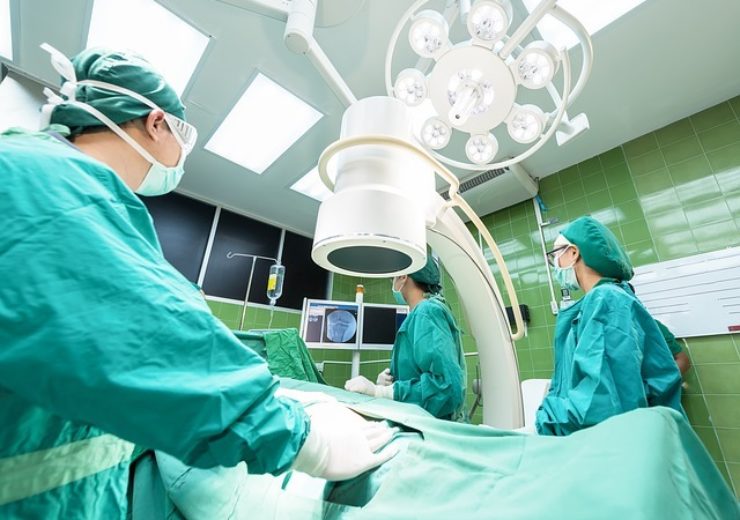The innovative anatomical imaging tools provide clinicians with a 3D holographic experience to visualize and interact with patient-specific organs and tissue in an open 3D space

Image: EchoPixel's True3D software leverages CT, MR, echocardiography and C-Arm fluoroscopy images. Photo: Courtesy of Sasin Tipchai from Pixabay.
EchoPixel is introducing the first-ever intraoperative software to provide naked-eye, touchless interactive 3D anatomical imaging to support structural heart procedures in the cath lab, OR and hybrid OR’s, here, at the Transcatheter Cardiovascular Therapeutics (TCT) 2019 meeting, September 25-29, 2019 (Booth #952). The company will showcase the turnkey intraoperative solution* as part of its existing integrated suite of mixed reality software solutions that assist cardiologists and surgeons with visualization of live 3D medical images during a procedure for more precise catheter and device placement and personalized planning.
“Building on the success of our existing technology in pediatric congenital heart procedures, EchoPixel is committed to enabling digital surgery by providing and continuously improving transformative technology designed to help clinicians improve and personalize delivery of minimally invasive therapies. Going forward, our vision for the OR of the Future involves expanding our mixed reality True3D software platform to integrate Artificial Intelligence (AI) and robotics to enable the completion of more precise and personalized procedures,” said Sergio Aguirre, CEO, EchoPixel.
The innovative anatomical imaging tools provide clinicians with a 3D holographic experience to visualize and interact with patient-specific organs and tissue in an open 3D space. This allows for enhanced pre-operative planning, improved patient selection, increased patient engagement and the completion of increasingly complex structural heart and congenital heart disease procedures in both adults and pediatric patients.
“EchoPixel’s technology lets you effortlessly interact with 3D images to better understand complex cardiac anatomy and the anatomic variability that is commonly seen in structural heart disease patients. We are currently working on a research study comparing procedure times with and without the technology, and the initial results are promising in terms of reducing procedure times and device waste. If these results continue, I think the technology will make structural heart procedures more efficient and more accessible to patients,” said Saurabh Sanon, MD, director of the Structural Heart Transcatheter Therapies program at Palm Beach Gardens Medical Center and clinical associate professor of medicine at Florida Atlantic University’s College of Medicine.
EchoPixel’s True3D software enables heart teams to interact with medical images the way they would with physical objects in the real world. It leverages CT, MR, echocardiography and C-Arm fluoroscopy images to create life-size holographic versions of organs, blood vessels and other structures. This allows physicians to interact with a digital twin of the patient specific anatomy to identify the optimal treatment target, approach and catheter position, capturing accurate measurements, distances and angles. Delivering better visualization of anatomical structures and spatial relationships, True3D has been shown to facilitate completion of procedures with reproducible and reliable outcomes.
“Based on the complexity involved in many of the cutting-edge interventional procedures, such as Watchman and MitralClip, adoption has been largely concentrated at academic centers and large, high volume cardiology programs. By offering real-time, interactive mixed reality intraoperative anatomical imaging and planning capabilities, we hope to help smaller hospitals and cardiology programs adopt these cutting edge procedures and improve access to all patients,” added Aguirre.
Source: Company Press Release
